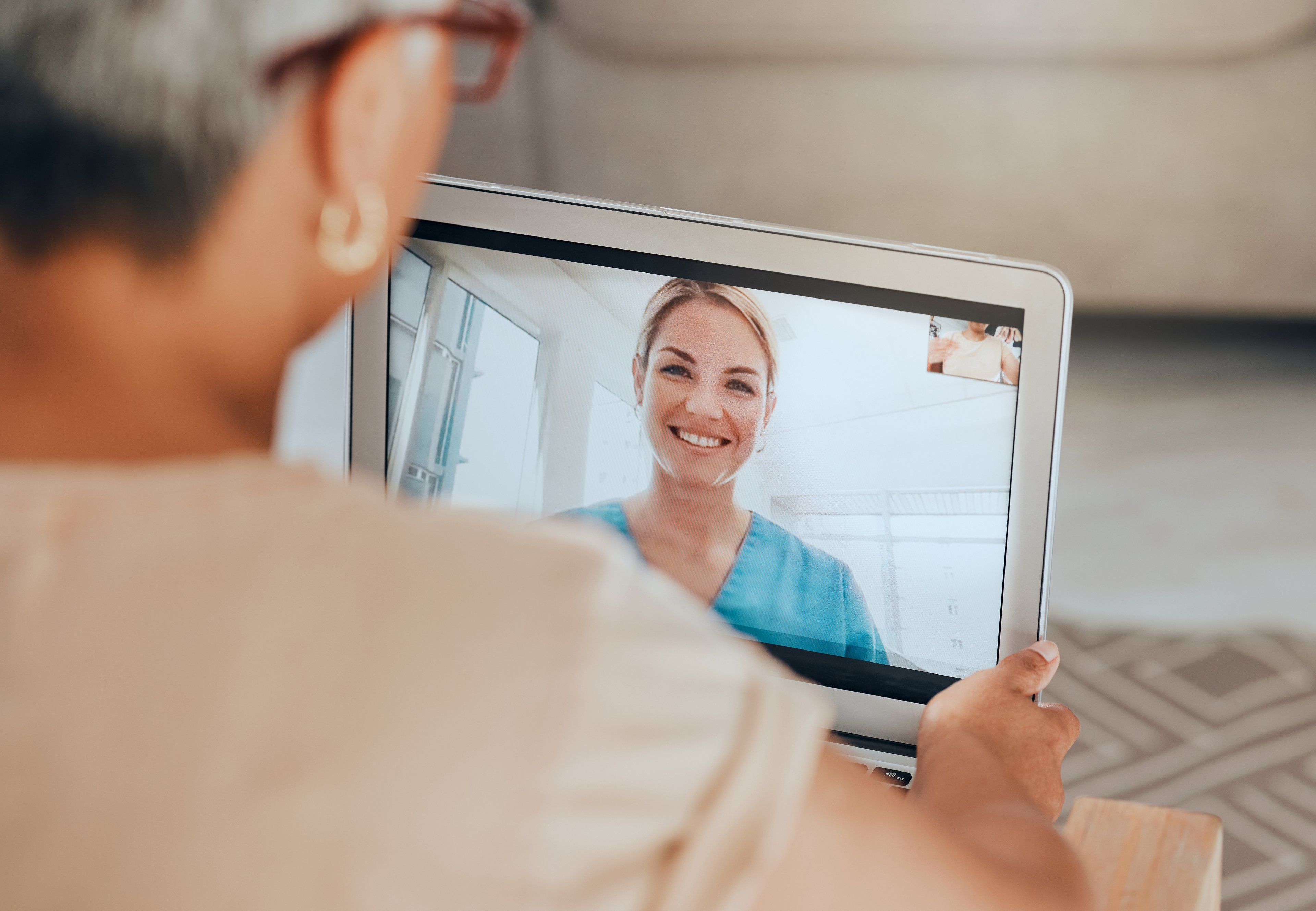The U.S. spent a whopping $3.6 trillion on healthcare in 2018, and an aging population with lots of chronic conditions to manage is expected to drive up costs to a mind-bending $6 trillion by 2027. At the moment, overtreatment, fraud, and other sources of waste sap an estimated 30% of that spending.
Roughly $1 trillion worth of efficiency just waiting to be squeezed out of a complicated system is helping a giant wave of digital health start-ups make their case, at least to institutional investors. Livongo (LVGO +0.00%), and Phreesia (PHR 1.75%) recently pulled off successful initial public offerings, but they're still flying under the radar. Here's why they deserve a lot more attention than they've been getting lately.

Image source: Getty Images.
Livongo Health: Managing diabetes
This digital health start-up began with diabetes management tools that are exactly the sort of solution health plan sponsors need if they're going to lower expenses and keep employees healthy. The Livongo for Diabetes launch started out slowly, but approval as an enrolled Medicare provider in April should allow the service's popularity to accelerate. The roster of members enrolled in its flagship program has grown from 54,000 at the end of December 2017 to 164,000 at the end of March 2019.
As more end payers realize that managing diabetes with precision is a lot less expensive than hoping employees take care of it on their own, the number of patients in the Livongo for Diabetes program could rocket higher. In 2017, the Centers for Disease Control (CDC) thought there were about 30.3 million Americans living with some form of diabetes.
The revenue stream from Livongo for Diabetes alone could make this start-up very profitable in a short time, and there are more chronic conditions in Livongo's sights. In 2014 the CDC said around 60% of U.S. adults had at least one chronic condition, and over 40% had two or more. For example, around 70% of people with diabetes also have high blood pressure, which should make launching a Livongo solution for hypertension relatively easy.
Chronic conditions that could be easier to manage with the help of wearable sensors collectively cost the U.S. economy $1.1 trillion annually. That makes this stock worthy of attention, but it's still a bit early to dive in. If Livongo reports impressive membership gains when it presents second-quarter results on Sep. 5, 2019, and makes some progress toward expanding to additional chronic conditions, go ahead and move the stock from your watch list to your portfolio.

Image source: Getty Images.
Phreesia: Checking in
Phreesia didn't go public until earlier this year, but this digital health pioneer isn't really a start-up. The company began automating the check-in process for medical groups and health systems across the U.S. in 2005 and more recently began incorporating more arduous processes into its platform. Now Phreesia handles insurance verification, patient surveys, appointment booking, reminders, billing, and payment processing.
With the Phreesia app on their phones, patients can pay up front or set up automated payment plans for services. Eligibility and benefits information have been automated, too, which reduces the number of denied claims and uncomfortable conversations about billing issues that take place in providers' front offices.
Phreesia has a head start on the competition, with around 50,000 individual providers that work for 1,600 healthcare provider organizations in its client base now. There are still around 840,000 healthcare providers in the U.S. that aren't using the platform, so there's plenty of room to grow.
During the fiscal year ended Jan. 31, 2019, total revenue rose 25% higher than the previous year, to $99.9 million. Over the same time frame, operating expenses rose just 16% to $109.4 million. The company isn't producing steadily positive cash flows yet, but it's heading in that direction. During the three months ended April, the company reported positive earnings before interest, taxes, depreciation, and amortization (EBITDA) that reached $1 million, with some adjustments.
Play it safe
While Phreesia has a lot of pieces moving in the right direction, its $1 billion market cap could take a dive if its post-IPO share of the market doesn't accelerate as expected. Like Livongo, it's probably best to keep Phreesia on a watch list unless we see some acceleration when the company holds its next earnings call.



